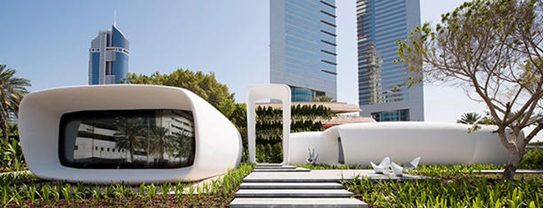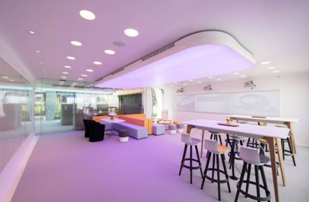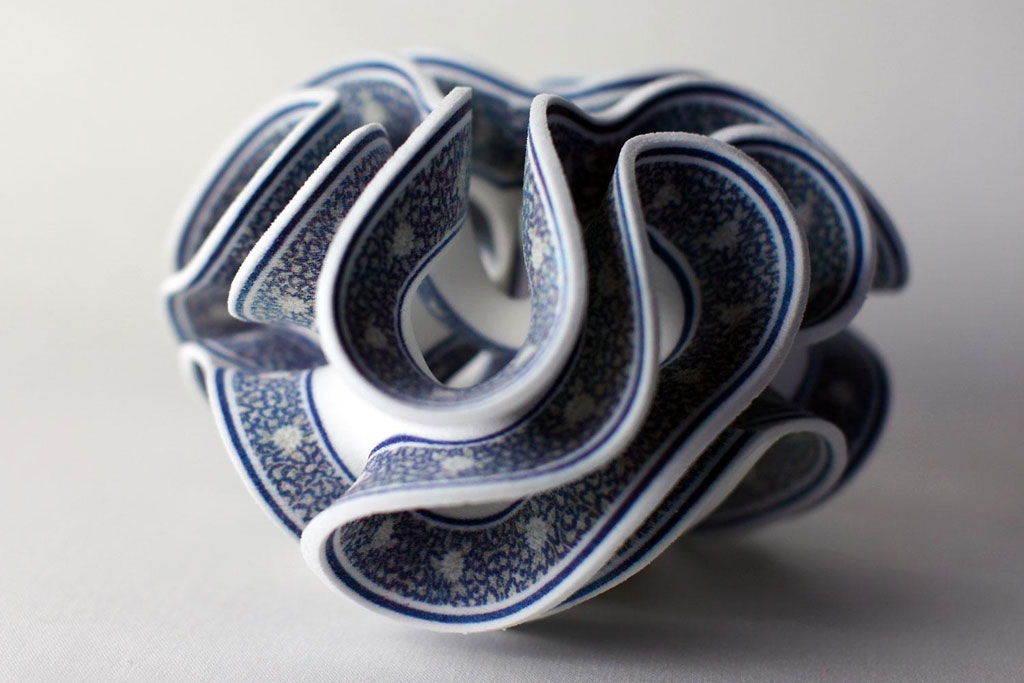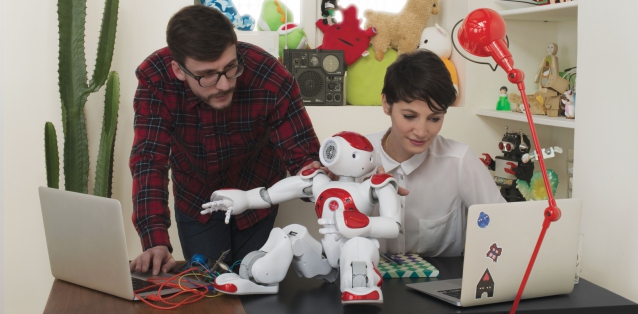Fitted with high-tech detectors, solar-powered vehicle can scan illegal materials on both land and water
Dubai: Ships carrying hazardous and illegal substances can now easily be busted from a distance of 300 metres with the launch of the first of its kind amphibious vehicle designed by Dubai Customs.
The solar-powered and environment-friendly vehicle, which was officially launched and showcased during the 35th Gitex Technology Week this year, is now being used by maritime Customs inspectors at Dubai Creek to speed up the process of their inspections and protect them from any risks involved during ship inspections, a Dubai Customs official told Gulf News on Tuesday.
Fitted with 10 sophisticated inspection gadgets and equipped with the latest technologies to work both on land and in water, the amphibious vehicle is able to detect, scan, analyse and document the illegal materials that can be found in ships docked at Dubai Creek, before sending the results to the main control room at Dubai Customs for a follow up.
“It’s the first amphibious laboratory in the world that can detect illegal and hazardous substances, such as drugs and radioactive materials smuggled in steamboats and wooden dhows, as it is has been equipped with advanced cameras that can send live videos and images to the main control room,” said Sami Eisa, the person behind the idea and manager of the intelligence department at Dubai Customs.
Giving direct results, the vehicle, which can analyse all parts of the ship, can detect around 60,000 chemical samples and give immediate results, he continued.
Eisa told Gulf News the vehicle was needed to protect inspectors from several risks and dangers such as inhaling toxic fumes, being exposed to radioactive materials or getting bitten by snakes found on ships.
“Now the inspections can be done from a distance, without having to enter the ships and putting their lives at risk. It also speeds the entire inspection process and eases the overall trade,” he said.
The amphibious vehicle, which has won both the Ideas UK and Ideas USA award this year, has also saved Dubai Customs the cost of getting fixed inspection devices in different ports, he added.
“Since it’s portable, we no longer require those fixed inspection devices at each port, which cost around Dh1 million each. The amphibious car can be taken anywhere and can do the same job.”
Eisa said Dubai Customs is currently studying how many more of these amphibious vehicles they want to create, since it has already proved very successful.
The amphibious vehicle has received praise from His Highness Shaikh Mohammad Bin Rashid Al Maktoum, Vice-President and Prime Minister of the UAE and Ruler of Dubai, during his visit to the Dubai Customs stand at Gitex Technology Week 2015.
Source


 The office is spread over 250 square meters. The project took about 17 days to build the main structures, after which the architectural nuances were added. A 3D-printer measuring 20 feet high, 120 feet long and 40 feet wide was used to print the building along with additional mobile printers which improved the efficiency. The 3D printer used a special cement mixture, layer by layer.
The office is spread over 250 square meters. The project took about 17 days to build the main structures, after which the architectural nuances were added. A 3D-printer measuring 20 feet high, 120 feet long and 40 feet wide was used to print the building along with additional mobile printers which improved the efficiency. The 3D printer used a special cement mixture, layer by layer.




